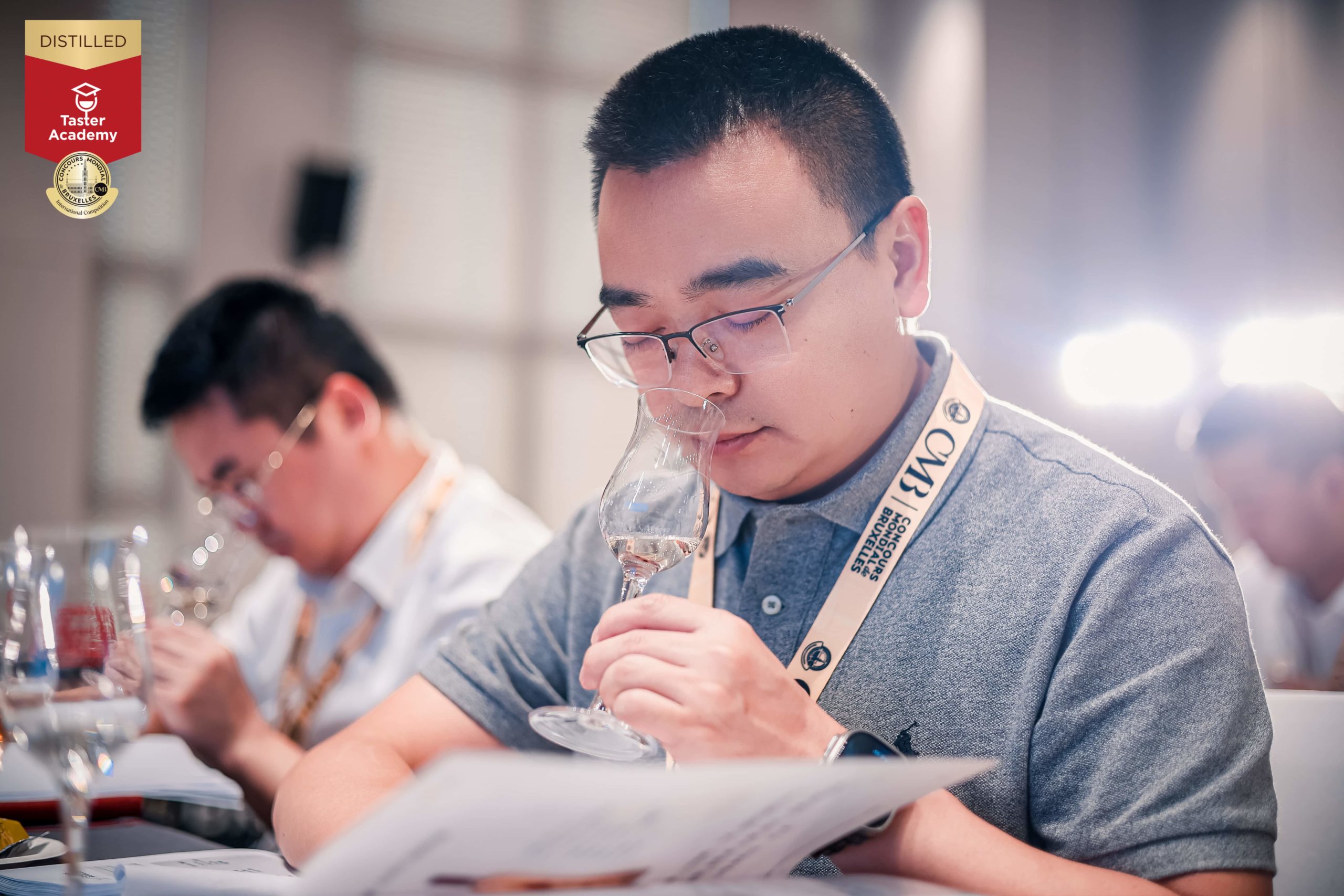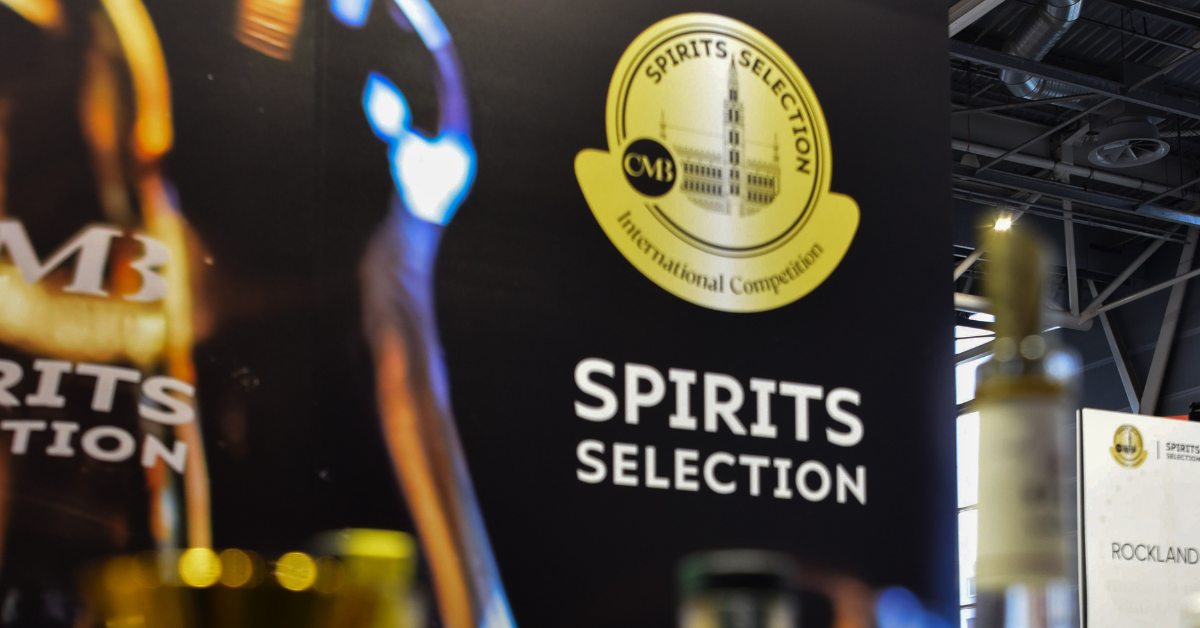What is Grappa ? – Part 3 – Types of Distillation – Continuous-type stills
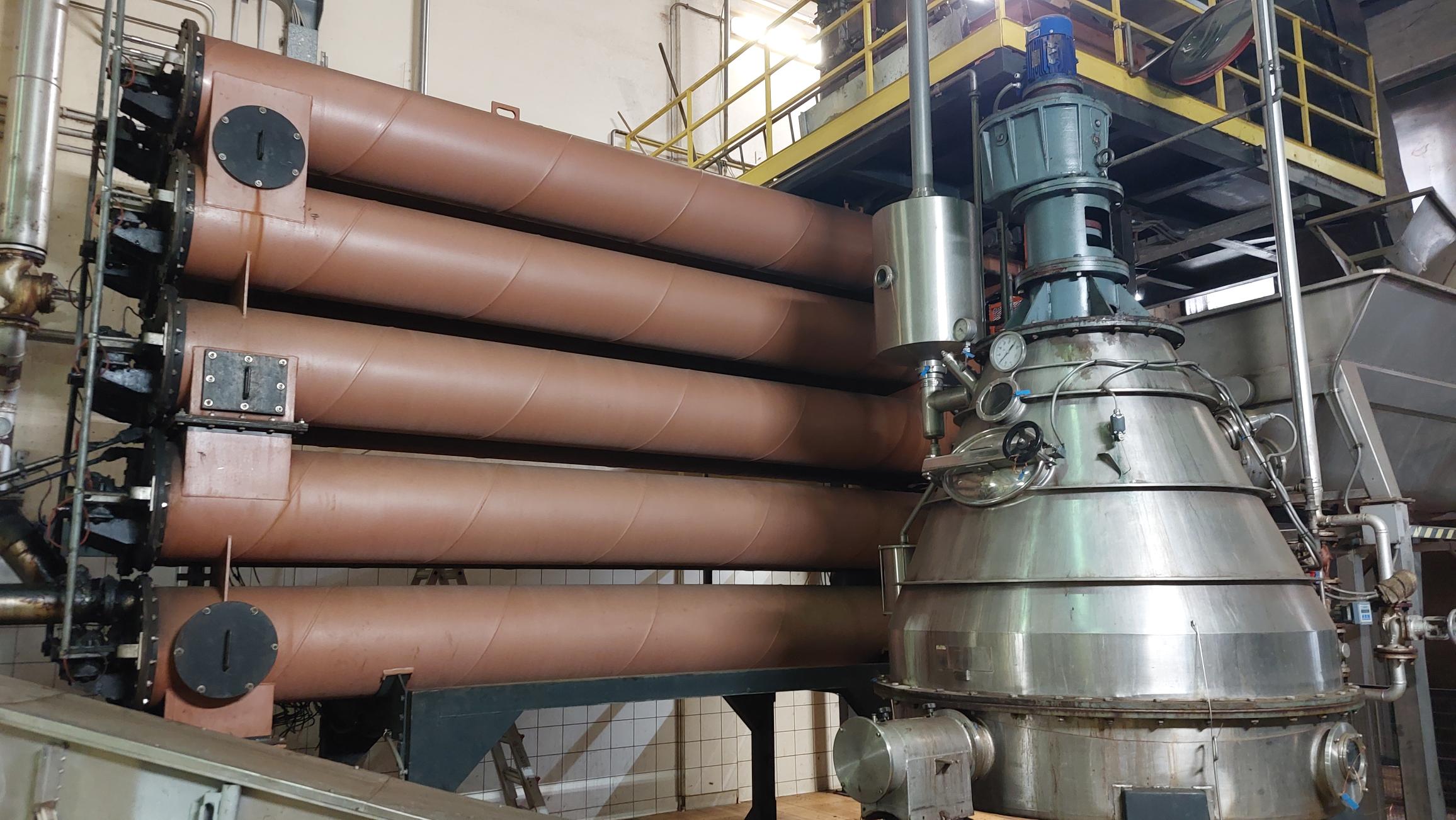
Only on the surface may the distillation of grape marc seem easy and the same for the theory that governs it, in practice things are much more complex and consequently the distillate is also affected in a more or less positive way by the variations that influence this operation.
There are many types of stills but they can be divided into two broad categories:
– continuous-type stills
– stills of the discontinuous type (follow our next article)
The first case involves working with stills with good or excellent production potential, created to meet high production requirements at low operating cost. This principle does not necessarily place this type of equipment among the stills capable of producing low quality indeed in many cases these machines are capable of obtaining excellent products. Characteristic of the continuous still is that it does not have a loading phase a distillation phase and an unloading phase, but that it sums the three phases into one seamlessly.
It is difficult to categorise the types of still precisely because they can be built in a variety of ways and they can be operated differently depending on the production potential and the limitations on use of the pomace.
To summarise, a continuous-type still features:
- a system for extracting the alcohol and various substances from the grape pomace, producing an alcoholic vapour that condenses to form the ‘flemma’ or raw alcohol
- a system for accumulating the ‘flemma’
- one or more distillation columns with the capacity to strip the alcohol, i.e. concentrate the alcoholic percentage of the liquid, and remove the ‘flemma’, i.e. remove undesirable compounds from the alcoholic liquid.
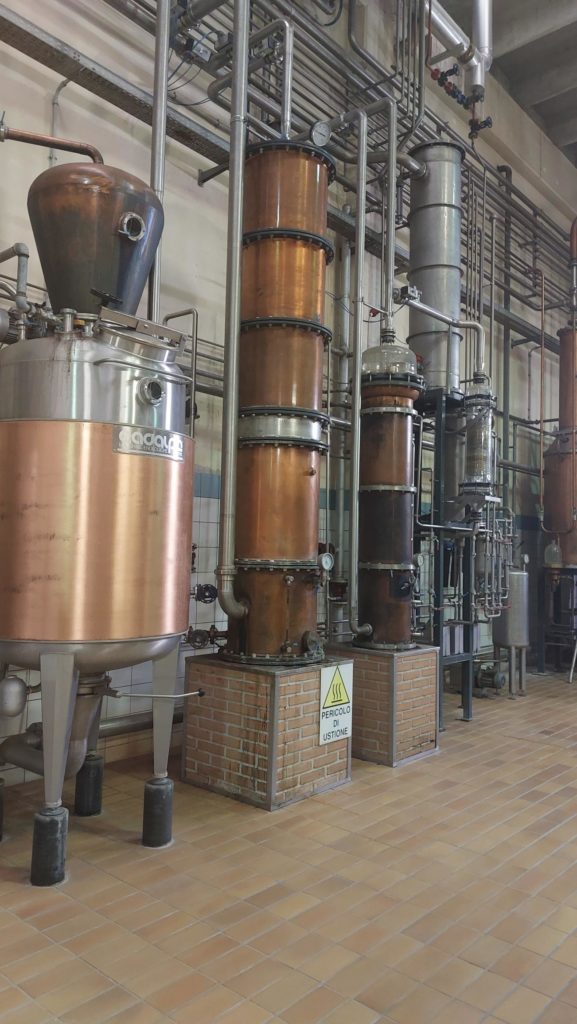
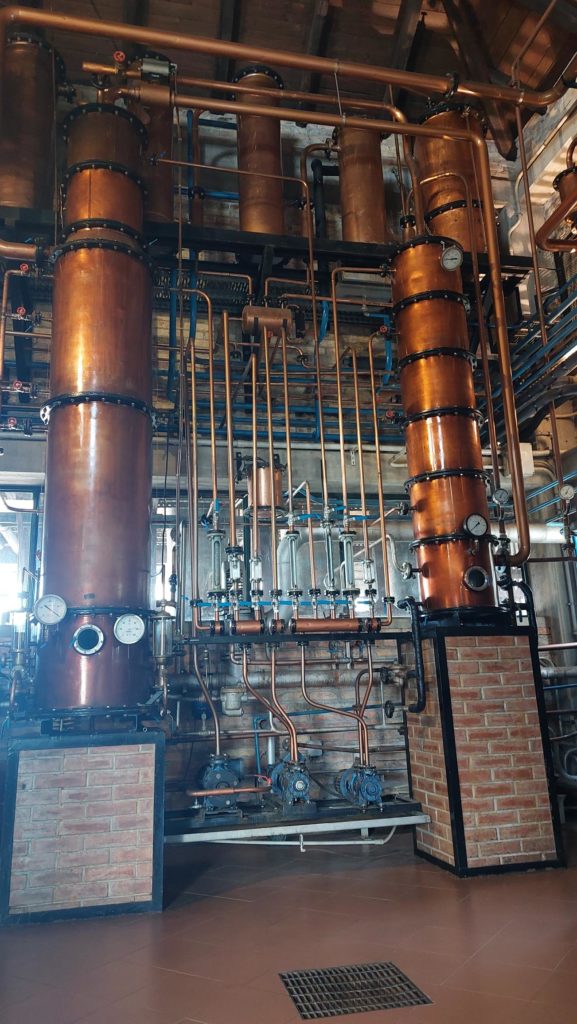
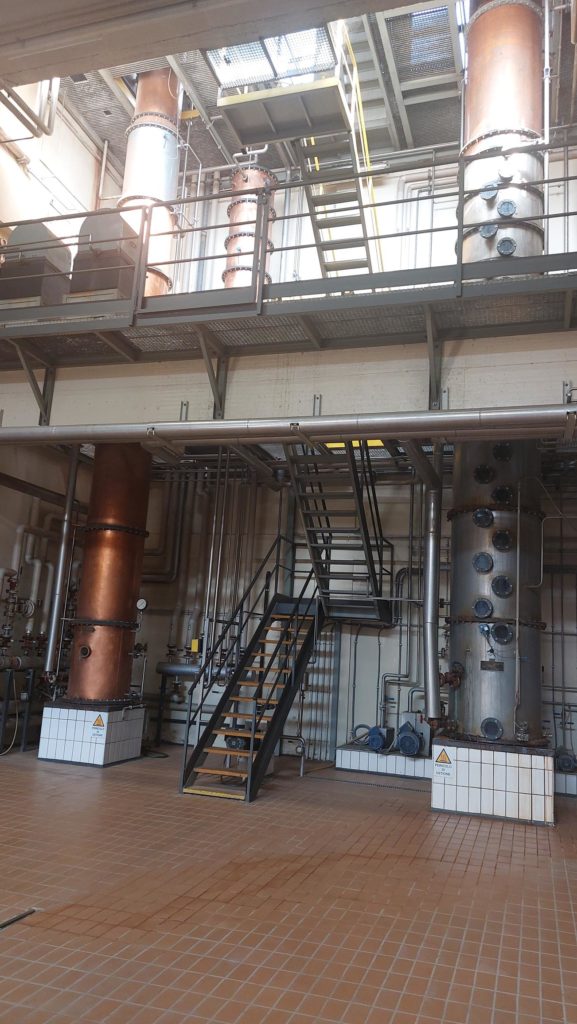
Pictures credit : Distilleries Castagner & Bonaventura Maschio
Usually, continuous distillation columns are designed to distill liquids such as fermented cane juice, wines, grain wort. In the case of grappa, the alcohol contained in the solid pomace must first be extracted. The pomace is pushed first through long duct with steam pumped in the opposite direction to extract alcohol obtaining a liquid solution of approximately 25% ABV, named “flemma”. This alcohol solution is then sent to one or more conventional distillation columns for concentration and rectification to clean from unwanted compounds such as methanol.
These apparatuses can be of different sizes and performance, they can start from as little as 1,500 kilograms of distilled pomace per hour to as much as over 30,000 kilograms per hour.
To follow : discontinuous stills
Davide Terziotti – Thierry Heins

